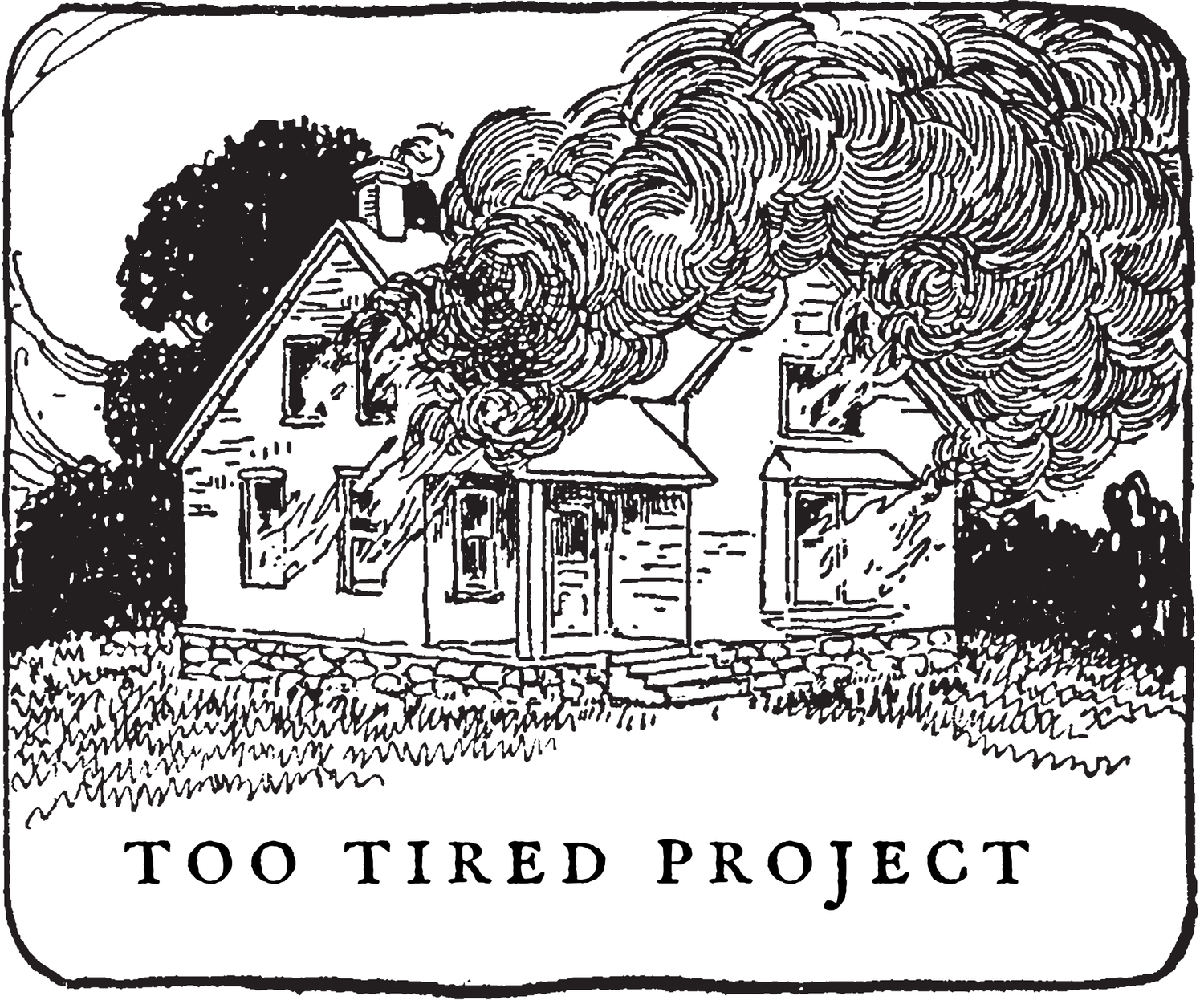Book Review: Stable Vices - Photographs by Joanna Piotrowska
Stable Vices
Photographs by Joanna Piotrowska
Essays by Sara De Chiara, Joanna Bednarek and Dorota Masłowska
MACK, 2021 176 pp., 17 x 21.5cm
Hardback with PVC jacket and black printed page edges
Review by Jon Bakos
Polish photographer Joanna Piotrowska has had a meteoric rise since winning the MACK First Book Award in 2014. She had exhibitions at the Tate Britain, MOMA, and Kunsthalle Basel. Flipping through the pages of Piotrowska's latest photobook, Stable Vices, one can feel somewhat uneasy. The title stems from behaviors and habits typically found in horses that suffer from boredom and confinement. The connecting thread between projects tends to unravel slowly, but this is by design. Piotrowska is interested in the power dynamics of human behavior.
The book follows a trajectory between individual projects and supporting essays that give broader context to the series of abstract and black-and-white photographs. Three photographs open the book of a woman touching points of her body with her index finger. The first essay, by Sara De Chiara, details that these are 'target areas of the body' in self-defense manuals. In the first series, Piotrowska takes inspiration from the same self-defense manuals and the feminist psychologist Carol Gilligan. The photographs depict young women acting out conflicts, mostly with invisible subjects. The actions can seem peculiar and highlight the vulnerability that women face. Each image shown in a domestic space is carefully considered and derives an everydayness. Violence rears its head in many ways in a patriarchal society. Among them physical, economic, and physiological. The interactions show the great lengths that women go to keep agency over their bodies.
The second series of photographs from Shelter highlights the precarity and comfort people find in making a temporary shelter. Each picture displays a sculptural object of everyday items placed inside a domestic space. Chairs, blankets, and tables are stacked together that reference childhood play and temporary shelter. While some of the photographs are depopulated, the ones that show individuals curled into awkward positions begin to ask questions about what people choose to showcase and hold onto. One's meaning of "home" can vary widely. Home can be a place of comfort and safety. The structures also reference migration and homelessness. While the images were made before COVID-19, the temporality of being stuck in a domestic space is relatable. In an era where privacy has dwindled, these photographs show us how fleeting a sense of home can be.
The third series transitions to charged photographs that document empty zoo enclosures. The artificial structures depicted are placeless and lack any horizon that might give them further context. Unlike the previous series, these spaces are already staged. Fences dissect the picture plane, and you end up feeling quite bad for the animals forced to populate these spaces. These enclosures serve a dual function as protective habitats but also as places of imprisonment. One can watch animals eat, sleep, and play at the zoo while being walled off from the outside world. The images allow us to reconsider the relationship humans have over animals, as they are stuck in a false sense of "wild" domestication. Supporting images of feeding devices not generally seen by the public present the duality of entertainment and forced captivity.
Expanding on themes from her previous book Frowst, Piotrowska broadens the scope of what qualifies as an interaction between humans in Stable Vices. Her photographs are playful but carefully considered. The psychological charge that they provide leads us to question our relationships to our surroundings and the everyday world as it is constructed. They visualize the complexity of things unseen and unsaid.






